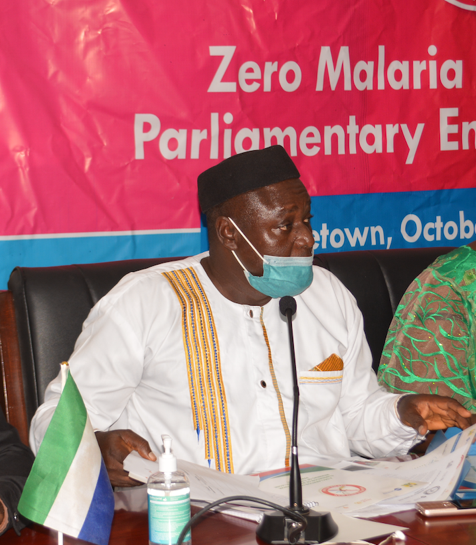Online Mapping System helps fight Malaria
Aggregrated “IR Mapper” database provides global direction on insecticide resistance management
NAIROBI, Kenya, April 25, 2013/ — The first online mapping tool to track insecticide resistance in mosquitoes that cause malaria was launched today. The interactive website, called IR Mapper (http://www.irmapper.com), identifies locations in more than 50 malaria-endemic countries where mosquitoes have developed resistance to the insecticides used in bed nets and indoor residual sprays. IR Mapper incorporates the just-released World Health Organization (WHO) revised criteria for reporting insecticide resistance which is designed to detect it earlier. With the most comprehensive and up-to-date information, the IR Mapper helps direct which vector control tools should be deployed in areas of high resistance.
Malaria is a deadly disease transmitted to people through infected mosquitoes. It kills a child every 60 seconds yet it is preventable and curable. Progress has been made against the disease due largely to wide scale use of insecticide-treated bed nets and indoor residual spraying (IRS). But the rapid spread of resistance in malaria-carrying mosquitoes to insecticides used in bed nets and sprays threatens current malaria control efforts. Resistance among Anopheles malaria vectors has been reported in 64 countries, with parts of Sub-Saharan Africa and India of greatest concern.
“Deployment of the most appropriate insecticide based vector control interventions including nets and IRS needs to be informed by up-to-date data on insecticide resistance in the malaria vector species,” said Dr. Nabie Bayoh, an entomologist at KEMRI/CDC in Kisumu, Kenya. “Until now, data has been scattered throughout different databases and has come from a variety of sources. This has made prompt decision-making difficult. IR Mapper has helped to address this” he added.
IR Mapper consolidates published data on insecticide susceptibility and resistance mechanisms from 1959 to 2012. It includes reports from the President’s Malaria Initiative, National Malaria Control Programmes and other reputable institutes.
Resistance is usually measured by putting mosquitoes in a tube lined with insecticide-treated paper. Mosquitoes land on the paper and absorb the insecticide – some may die and some may survive. A population is considered susceptible if almost all die. Until recently, resistance was confirmed by survival of more than 20 percent in this test. The new guidelines from WHO reduced this threshold value to 10 percent, meaning that resistance will be reported earlier. This change is an indication of the concern insecticide resistance is causing globally.
IR Mapper data aligned with the new WHO thresholds is presented in a user-friendly format on interactive maps. The mapping function allows filtering and projection of data based on a set of user-directed criteria. For instance, users can examine the resistance status of single or multiple Anopheles species to one or more insecticides within their region of interest. This can be the basis for a “go” or “no go” decision on a particular insecticide for deployment on nets or in sprays. Data can also be viewed for specified time periods, to identify any existing trends in resistance over time.
Data consolidation for IR Mapper was conducted by Vestergaard Frandsen and KEMRI/CDC. The map interface was developed by ESRI Eastern Africa and is powered by JavaScript. For more information, visit http://www.irmapper.com.
Distributed by the African Press Organization on behalf of Vestergaard Frandsen.
Stay with Sierra Express Media, for your trusted place in news!
© 2013, https:. All rights reserved.






